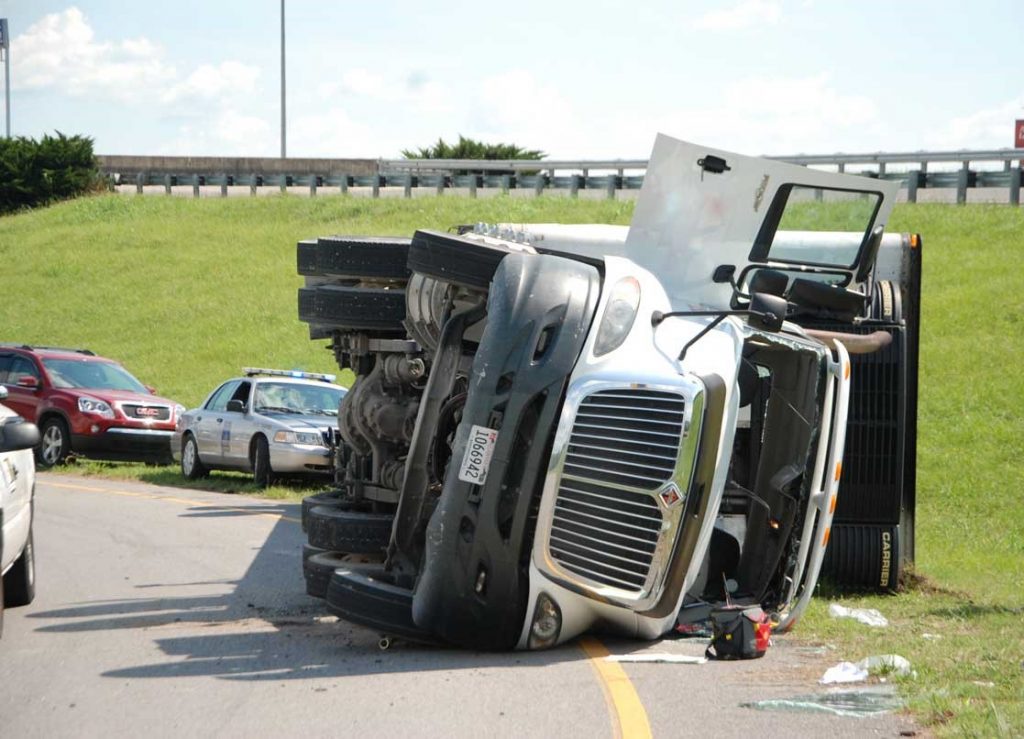As this pandemic continues to evolve, we are seeing issues related to COVID-19 that potentially affect your workforce. Several studies have suggested Americans are buying more alcohol and drinking more frequently during the coronavirus pandemic. A study by the Rand Corp. last fall found the frequency of alcohol consumption in the U.S. rose 14% compared to before the pandemic. Another study by researchers at the University of Arizona found dramatic increases in harmful alcohol consumption over the first six months of the pandemic. Greater alcohol consumption was most associated with job loss because of COVID-19, according to the study.
So, what does the Federal Motor Carrier Safety Regulations (FMCSA) specifically say about alcohol consumption regarding a commercial motor vehicle driver?
The Federal Motor Carrier Safety Regulations address use of alcohol by any commercial driver (>10,000lbs MGVWR)
No driver shall:
- Use alcohol, or be under the influence of alcohol, within 4 hours before going on duty or operating, or having physical control of a commercial motor vehicle
- Have any measured alcohol concentration or detected the presence of alcohol, while on duty
- Operate or be in physical control of a commercial motor vehicle

There are additional provisions to this regulation, please read CFR 392.5 in its entirety.
Any driver who is found to be in violation of these regulations shall be placed out-of-service immediately for a period of 24 hours. Additional FMCSR Regulations apply to drivers who are operating a CMV with a CDL and can be found in and CFR 382 such as random, post-accident and reasonable suspicion testing. CFR 383.51 addresses the disqualification of a CDL for alcohol violations in a CMV and a NON-CMV.
The bottom line is that a driver of a commercial motor vehicle jeopardizes his/her license and job anytime they drive any type of motor vehicle under the influence of Alcohol.

Breaking News Regarding the OSHA Vaccine Mandate
This morning, Chris Spear, President & CEO of the American Trucking Association (ATA) made the following announcement regarding the OSHA COVID Mandate:
Dear ATA members: We have outstanding news to share this morning regarding the vaccine mandate Emergency Temporary Standard (ETS) that OSHA released yesterday. We have received indications from senior Department of Labor officials that the exception for employees who exclusively work outdoors or remotely and have minimal contact with others indoors does exempt solo truck drivers from the mandate. Furthermore, Labor Secretary Marty Walsh is on record saying so. ATA will continue to advocate for the broader workforce as well.
While we complete our due diligence to confirm this fact through official channels, this appears to be a major victory for ATA and our membership. This is a result of our pressure campaign during the rulemaking process and all your help as ATA drafted our comments and strategy.
We continue to believe that OSHA is using an extraordinary authority unwisely and applying it across all industries at an arbitrary threshold of 100 employees in a way that fails to consider the actual risks. ATA will continue to consider potential legal action to protect all segments of our workforce from this misguided mandate.
FMCSA releases 2019 large truck and bus crash statistics
Fatal crashes involving large trucks increased by two percent in 2019, with speed and distraction playing leading roles. This data comes from the Federal Motor Carrier Safety Administration’s (FMCSA’s) latest “Large Truck and Bus Crash Facts” report, which indicates that most types of crashes were more frequent in 2019 than the prior year.
Other highlights from this year’s report include:
- A four-percent increase in the number of large trucks in fatal crashes per 100 million miles traveled
- A six-percent increase in injury crashes among large trucks
- A six-percent increase in injury crashes among large trucks
- A two-and-a-half-percent decrease in fatal crashes among buses
Each year, FMCSA publishes its analysis of crashes, including the vehicles, people, and drivers involved. Data comes from the National Highway Traffic Safety Administration (NHTSA), FMCSA, and the Federal Highway Administration (FHWA).

November 7- 13, 2021 is Drowsy Driving Prevention Week

The National Sleep Foundation has launched Drowsy Driving Prevention week as an educational campaign designed to save lives by increasing awareness of the dangers of driving while sleepy. The National Highway Traffic Safety Administration estimates that drowsy driving causes at least 100,000 police-reported crashes and kills more than 1,550 Americans each year. It is curious that all states have laws in place to enforce drunken driving, but few have laws to cite a driver who has fallen asleep causing an accident. Only the state of New Jersey explicitly defines drowsy driving as recklessness under a vehicular homicide statute. Known as “Maggie’s Law,” New Jersey’s drowsy driving law has served to raise awareness of the consequences of fatigue behind the wheel and has spurred significant action in other states. There are now at least 8 states with 12 pending bills that address fatigued driving in various ways.
For more information on Drowsy Driving Prevention Week, click here


